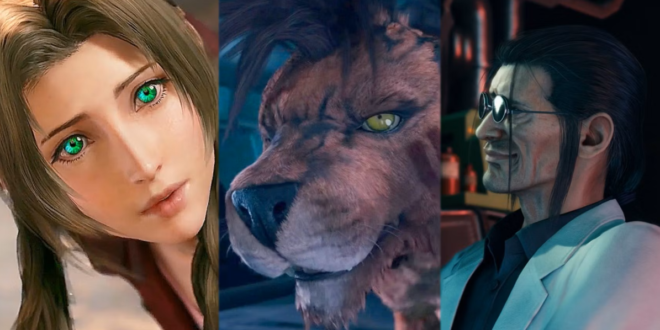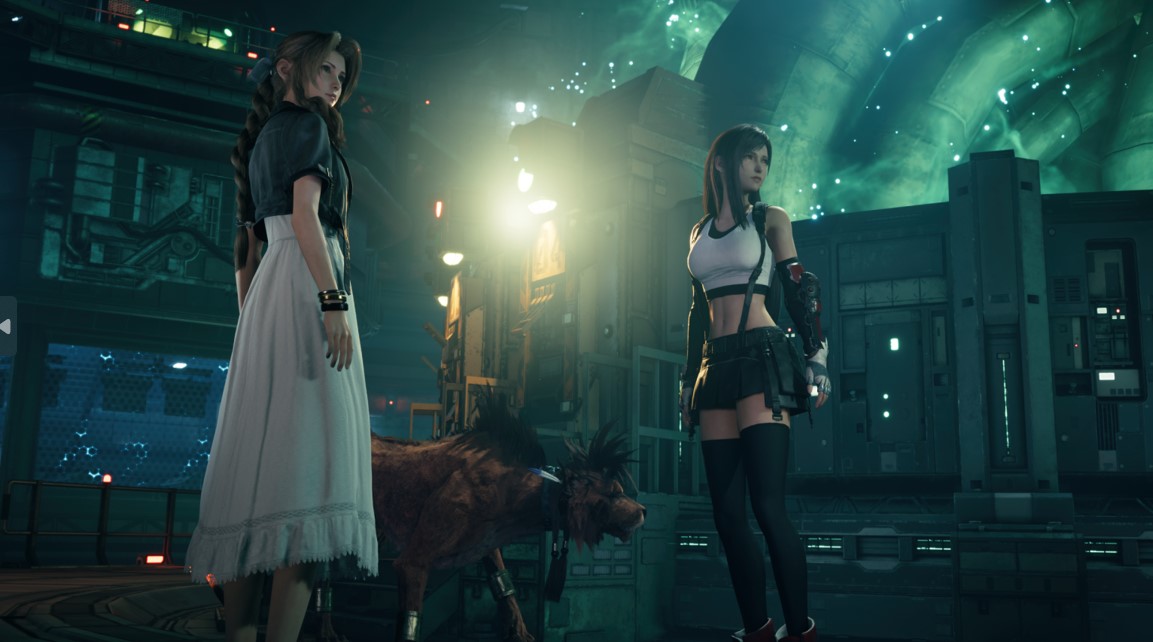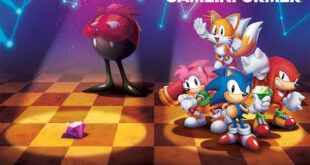Tifa’s original design in the 1997 release of “Final Fantasy VII” featured a character with disproportionately large breasts, a common trend in character design during that era, reflective of certain aesthetic preferences in the gaming industry. Over the years, there has been a push for more realistic and less sexualized representations of female characters in video games. The “Final Fantasy VII Remake” responded to these concerns by presenting a redesigned Tifa that adheres to a more athletic build while still being faithful to the original character.
The Debate Misses a Darker Issue
While the redesign of Tifa’s character sparked debates, it’s noteworthy that a more disturbing narrative aspect of the game has often been overlooked. The event in which Aerith is captured by Hojo and faced with the prospect of forced breeding with Red XIII is a sequence ripe with ethical implications. It’s a scenario that involves non-consensual, cross-species breeding – a concept that’s not only deeply uncomfortable but also raises serious moral questions. But the bigger question is this, while everyone is racing to censor Tifa, are we forgetting the deeper evil here?
Unpacking the Darkness in Final Fantasy VII: Hojo’s Experiment on Aerith and Red XIII
“Final Fantasy VII,” a game celebrated for its deep narrative and complex characters, contains a sequence that pushes the boundaries of villainy in storytelling. Professor Hojo, a character emblematic of moral bankruptcy, concocts an experiment that is as bizarre as it is horrifying. He plans to breed Aerith Gainsborough, the last of an ancient, almost mythical race known as the Cetra, with Red XIII, a sentient, lion-like creature. This plot element is not only disturbing but raises questions about the narrative intentions of the developers at Square Enix.
The Sinister Experiment
Hojo, in his relentless pursuit of knowledge and power, demonstrates a complete disregard for ethical boundaries. His experiment, rooted in a grotesque curiosity, aims to test his hypothesis on the longevity of certain species, hoping to utilize the Cetra’s unique properties to create powerful offspring. The implication of forced breeding is unsettling on multiple levels, from the stripping of agency from both Aerith and Red XIII to the disregard for the natural order.
Aerith’s Terror
One can only imagine the terror and confusion Aerith must have felt, being treated as nothing more than a test subject. Her character throughout the game displays immense strength and compassion, but in this instance, she is rendered vulnerable and powerless. The fear of what Hojo’s plans might entail for her future would have been a psychological torment akin to the physical danger she faces at various points in the game.
Red XIII’s Dignity Stripped
For Red XIII, known also as Nanaki, the experience would be equally harrowing. As a creature of intelligence and dignity, the notion of being reduced to a mere breeding animal would be a profound affront. Red XIII’s character arc is one of self-discovery and coming to terms with his identity. Hojo’s experiment threatens to reduce him to nothing more than a beast, which is a stark contrast to the wise and respected figure he is portrayed as throughout the narrative.
The Developer’s Role
While Hojo is the character enacting this vile plan, the decision to include such a scenario falls on the developers. It’s a creative choice that’s as controversial as it is perplexing. The developers at Square Enix, undoubtedly aware of the sensitivities such a plot point would evoke, opted to proceed with it. This choice can be seen as a means to provoke a visceral reaction from players or to underscore the depths of Hojo’s evil, yet it skates dangerously close to crossing a line in storytelling.
Cultural Context or Creative Misstep?
Examining this event within “Final Fantasy VII” through a modern lens, it’s essential to consider the cultural context of the time the game was developed. However, even with cultural differences in mind, the portrayal of such an experiment in a game must be handled with extreme care. It’s difficult to say whether this was a lapse in judgment, an underestimation of the global audience’s response, or a deliberate push of boundaries. Whatever the intention, it remains a dark stain on an otherwise masterful narrative canvas.
Conclusion: Villainy in Video Games and Beyond
Villains like Hojo are written to be hated, and their actions are designed to shock and appall. Yet, there is a fine line between portraying evil to enhance a story and indulging in narratives that can cause distress or offense to players. As creators and consumers of media, it is vital to continually engage in conversations about the impact of such content and the responsibilities of those who craft these experiences.
While “Final Fantasy VII” is a landmark in gaming history, aspects of its story, such as Hojo’s experiment with Aerith and Red XIII, serve as a reminder for creators to be mindful and sensitive in their storytelling. As the gaming industry evolves and matures, reflecting on these decisions helps ensure that future narratives foster empathy and understanding, even when exploring the darkest corners of human—or inhuman—nature.
 Retro-Replay.com Retro gaming reviews, news, emulation, geek stuff and more!
Retro-Replay.com Retro gaming reviews, news, emulation, geek stuff and more!






